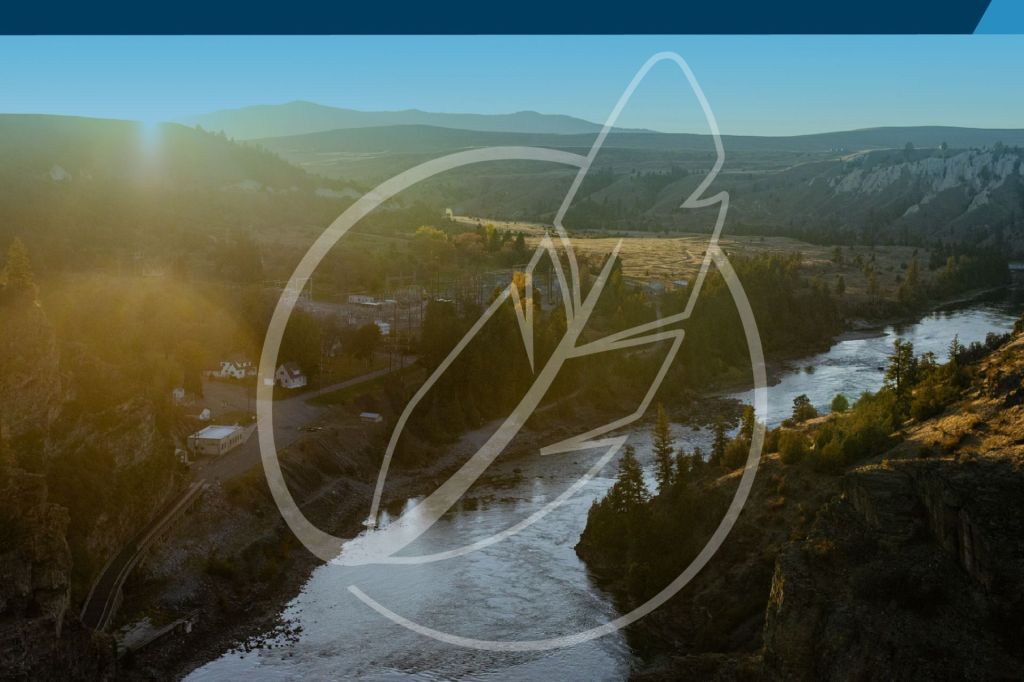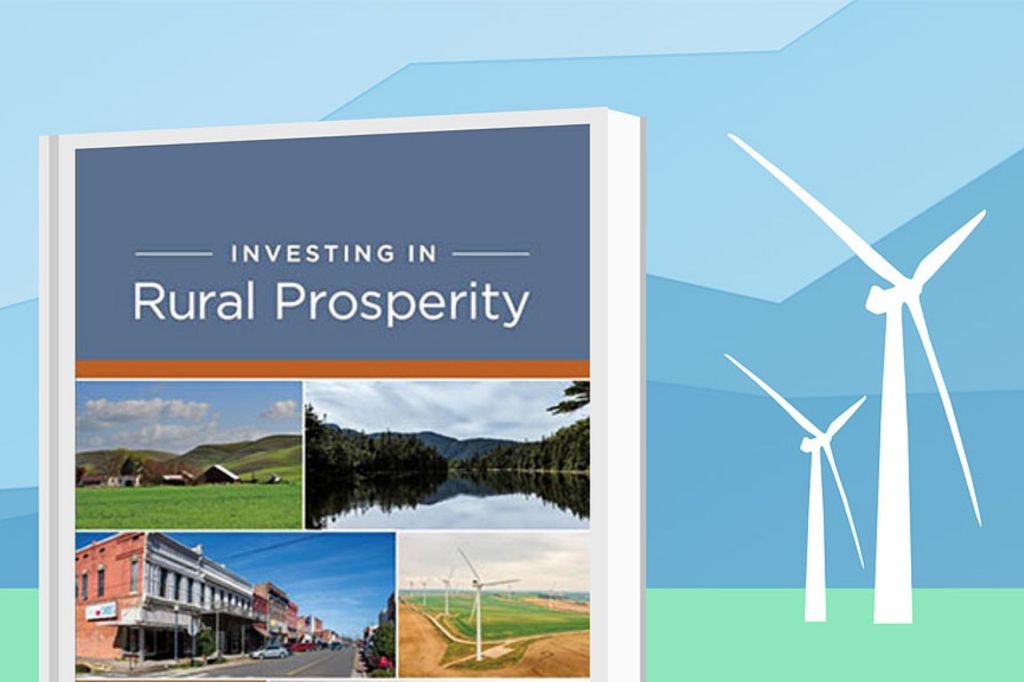
In 2017, Stacia Morfin (citizen of the Nez Perce tribe, photographed by Nick Cote) decided to launch Nez Perce Tourism, a cultural tourism company. Before her business opened, Stacia conducted market research for two years. That research revealed nearly 300 tourism-related businesses in Nimíipuu country that shared the Nez Perce story from their perspectives. Unfortunately, she felt the stories that many of these businesses told about her people were inaccurate and made her feel disrespected as a Nez Perce woman. As a result of these experiences, Stacia started a business that would create a platform for her people to share their own narratives of the past, present, and future.
“In our community, we talk about the cultural values of our people and what it does to our people, within our nation, to be able to have cultural identity being woven back into what we are doing. Not only in our lives and our families, but when we look at our economy as well.” Stacia explained during a recent Rural Matters podcast interview.
Native-owned businesses like Stacia’s are important to the US economy. This is especially true in the rural regions where many tribal communities are located. Indeed, while Native Americans living on reservations have some of the highest poverty rates in the US, an increasing number of tribal economies are growing and becoming key contributors to the vitality of rural America.
Despite this important progress, there is still a long way to go. For various reasons, many reservation economies are comprised mostly of public and tribal enterprise sectors, with only small private and nonprofit sectors. Many of the private Native-owned businesses that do exist are too small to meet local demand.
A brief history of tribal economies
Prior to colonization, many Native Peoples in North America lived in flourishing communities whose productivity and affluence often rivaled or surpassed those of the European settlers who arrived later. However, European colonization changed this through disease, war, taking Native lands, destroying traditional diets and economies, and forcefully removing Native Peoples from their homelands.
Until the 1970s, many federal policies suppressed tribal governments, economies, and cultures. The Indian Self-Determination and Education Assistance Act, the Indian Child Welfare Act, and other legislation in the 1970s marked a sea change in federal policy towards Native communities. The federal government began to step out of the way of tribal governance and development in Indian Country. With these new policies, tribes began to once again assert their inherent authority as governments and chart their own course for economic development. These changes have led to greater economic prosperity for many tribal communities and their neighboring rural regions.
Embedding Native values and experiences into tribal economies and community development
Today many organizations work to advance Native economies and support Native-owned businesses like Stacia’s. Two such organizations are Oweesta Corporation and Lakota Funds.
Oweesta Corporation, a Native Community Development Financial Institution (CDFI), is an intermediary capital provider that supports Native communities. It provides loans, training, and other assistance to Native CDFIs, which then serve individuals and businesses in tribal communities through culturally appropriate products and services. These products and services are designed to accommodate the unique histories and economic realities of the communities that Native CDFIs serve.
Oweesta often provides the first loan ever to the Native CDFIs they support, which allows them to grow and meet more needs in their communities. Oweesta itself has grown over the years from eight investors in 2011 to more than 167 in 2022, and from offering two loan products to its borrowers to now having five. When making decisions about how to grow, Oweesta and many of the Native communities it supports take a long-term view to consider how their actions will affect the next seven generations. “We know that when we’re armed with the appropriate resources, Native communities hold the capacity and ingenuity to ensure the sustainable economic, spiritual, and cultural well-being of their communities,” said Chrystel Cornelius, president and CEO of Oweesta Corporation.
Lakota Funds, a Native CDFI established in the late 1980s, supports creating local businesses on the Pine Ridge Indian Reservation in South Dakota. At the time Lakota Funds opened, no tribal member-owned businesses existed, and 75% of the respondents to a community survey had never had a loan or even a checking or savings account. Along with business loans, Lakota Funds offers services designed to expand financial capability, including credit coaching, matched savings accounts, and basic financial skills courses.
Lakota Funds uses its unique knowledge of and experience in its Native community to tailor its loan underwriting criteria. For example, Lakota Funds has found that low credit scores and income levels have not historically resulted in poor loan performance. However, how long a borrower has been employed at a job, no matter the type of job, makes a difference. This understanding has helped Lakota Funds to be a successful and profitable lender in a market considered by others to be too risky.
Opportunities to further support Native economic and community development
Native communities have begun to make great economic progress. Tribal governments, Native entrepreneurs, and organizations like Oweesta and Lakota Funds increasingly have the authority, skills, and resources to support sustainable economic development that respects the customs and traditions of Native peoples. Still, greater progress is possible.
For example, private-sector funders, including foundations and individual donors, could invest more in established Native CDFIs to improve access to capital. Such investments could include low-cost, long-term loans or grants to support lending and operations. The federal government could allocate more resources to Native CDFIs to reverse the historic trend of disinvestment in Native nations. The federal government could also work with tribal governments to collect more detailed data on Native communities. This greater data availability would allow Native Peoples to better tell their stories in a way that could help shape policy and investments. Tribal governments could continue to encourage and shape business development. They could do so in alignment with their priorities and needs through the innovative use of traditional tools of governance, including culturally sensitive zoning requirements, business regulations, commercial codes, and dispute-resolution mechanisms.
Investing in Native communities, Native-owned businesses, and Native-led financial institutions can help Native peoples overcome historical trauma and barriers, repair systemic injustice, and stimulate real economic opportunity. That’s a return worthy of investment.
Learn more about supporting Native communities

Center for Indian Country Development
Data about Native communities can be hard to come by. Visit the CICD for tools and resources such as the Native American Labor Market Dashboard and a Native American Funding and Finance Atlas.

Invest In Rural Prosperity
Explore articles and podcasts to help rural individuals and communities achieve shared economic prosperity. Plus, get the free book, Invest In Rural Prosperity, by the St. Louis Fed and Federal Reserve Board of Governors.








